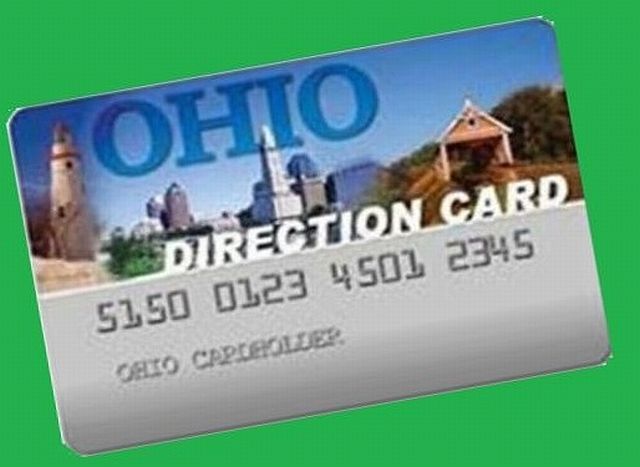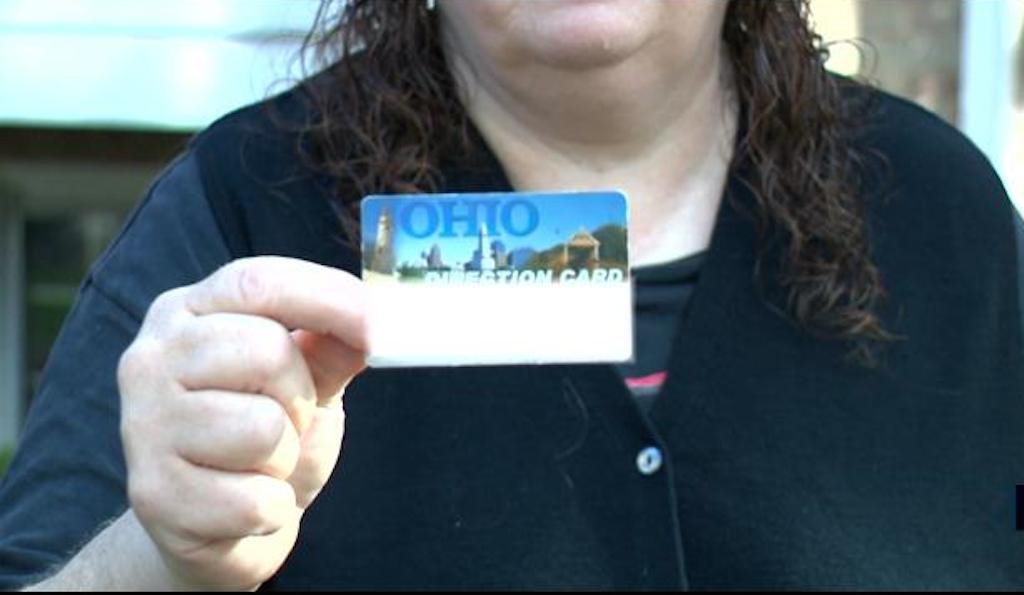

She said educating families on how to eat a healthy diet is also a priority and there’s still a lot of work to do to ensure there’s access to healthy and nutritious food for everyone. It might involve better food education or public programs better tailored to the needs of individuals or families. Part of the solution requires a creative approach, according to Carretta. There's Uber and Lyft, but not everyone can afford to do that.” Carretta said. “We have public transportation, but that's still not going to meet everyone's needs. Some other barriers included a lack of cooking equipment and a lack of transportation.

In a 2021 USDA study, SNAP participants reported the cost of food as a common barrier toward achieving a healthy diet because of high prices. “If you still have issues just getting to the grocery store in the first place, that transportation is still a barrier that may not just solve all your issues just because now you have more income on your SNAP benefits.” Carretta said. The increase means those enrolled in the program can buy more food if their monthly income is not enough to afford food purchases, and it helps disabled and senior individuals that are on a fixed income, according to Hamler-Fugitt.īut Haley Carretta, the project manager at the Montgomery County Food Equity Coalition, says low income people enrolled in SNAP still face barriers. It's providing a little extra in their benefits on a monthly basis.” “This is helping very low income Ohioans and Americans. “This is a really big deal for low income families, “Hamler-Fugitt said. Hamler-Fugitt said the increased benefits are modest yet significant to families and individuals who need it. The average monthly issuance was $241, according to September data from the Ohio Department of Job and Family Services. A household of four, for instance, needs to make $34,450 or less to be eligible. In Ohio, a household's gross monthly income needs to be at or below 130% of federal poverty guidelines in order to be eligible for SNAP. The Thrifty Food Plan is the lowest cost plan - followed by the low-cost, moderate-cost, and liberal food plans. There are three other USDA food plans that describe how much it can cost to eat a healthy diet.


”We don't purchase in bulk anymore, we now oftentimes purchase foods that are more convenient.” “People purchased and consumed food very differently in the 1970s compared to 2021," Hamler-Fugitt said. Hamler-Fugitt called the re-evaluation a much needed modernization, considering the current cost of groceries today is much higher. About 42% of those enrolled in the program in Ohio are children. In Ohio, the change means that about one and a half million people will see an increase of nearly $40 a month, or $1.19 extra per day, according to a USDA press release. The announcement was made in mid-August when the USDA conducted a re-evaluation of the plan based on factors such as current food prices, modern dietary needs and even how long it takes to shop and prepare food, according to Lisa Hamler-Fugitt, the executive director of the Ohio Association of Foodbanks. Until earlier this fall, the Thrifty Food Plan had not been updated for more than 45 years. It determines the amount of money Supplemental Nutrition Assistance Program (SNAP) recipients need in order to meet their daily food requirements. The Thrifty Food Plan is a federal guideline issued by the U.S.


 0 kommentar(er)
0 kommentar(er)
